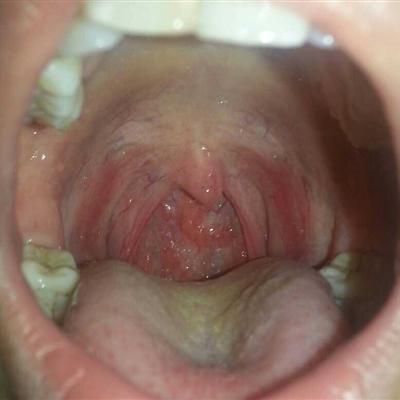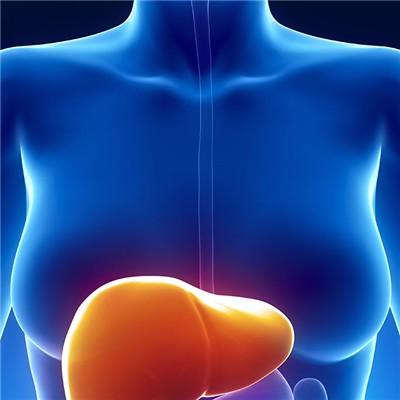Does cancer grow on the heart?
summary
Li, a middle school teacher from Chengguan town in Xiangxiang, suddenly suffered from hemiplegia and aphasia in a class. He immediately fainted to the ground. The students and teachers rushed him to the hospital and diagnosed him with cerebral embolism by CT examination. At the same time of symptomatic treatment, the doctor also launched a large-scale "search" for the origin of the embolus. After detailed physical examination, the doctor in charge found that there was a murmur in the heart. Color Doppler ultrasound found that there was a myxoma nearly the size of an egg growing in the left atrium. It turned out that part of the myxoma fell off and ran to the head through blood flow, causing teacher Li's sudden attack. Finally, the patient was transferred to cardiothoracic surgery for cardiac tumor resection. Cancer in the heart? The family members are very confused about this.
Does cancer grow on the heart?
The heart and other parts of the body also grow tumors, but the incidence rate is very low. It accounts for only 1%-2% of heart surgery. The myxoma of the heart accounts for more than half of the primary heart tumors. Myxomas can occur in various chambers of the heart, in which the left atrium is the most common and the ventricle is rare. Most of the tumors were solitary and few were multiple. It often grows out of the atrial septum, and the tumor hangs in the heart cavity like a gourd, with a pedicle at the root, drifting along with the blood flow. The appearance is mostly jelly like, such as peeled grapes, which are easy to break.
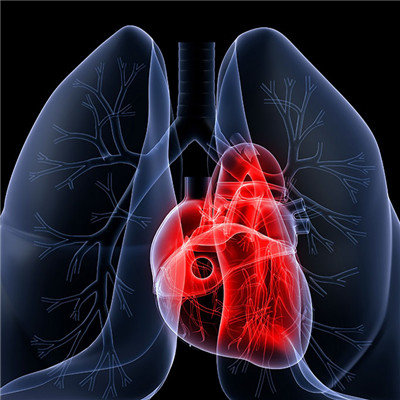
The clinical manifestation of embolism caused by fragments of cardiac tumor surface or thrombus shedding. The distribution of embolism depends on the location of the tumor and whether there is blood shunt in the heart. Emboli from the left heart can produce systemic arterial embolism. Visceral embolism can lead to infarction, hemorrhage and hemangioma. Central nervous system embolism can cause transient ischemic attack, cerebral infarction, epilepsy and syncope. Arterial embolism of the extremities causes ischemic damage to the tissue supplied by the artery.
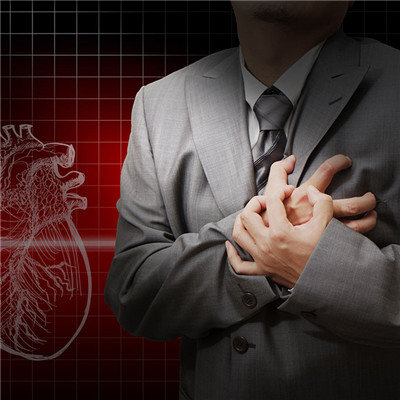
The symptoms and signs of cardiac tumor itself may include chest pain, syncope, congestive left and / or right heart failure, valve stenosis or insufficiency, arrhythmia, conduction disorder, intracardiac shunt, constrictive pericarditis, bloody pericardial effusion or pericardial tamponade. Because the cardiac manifestations are often nonspecific, and may be very slight, or even lack, the systemic manifestations of cardiac tumors can sometimes be misdiagnosed as connective tissue vasculopathy, infection, or non cardiac malignant tumors. The specific signs and symptoms of cardiac tumors are usually related to their anatomic location and histological type.
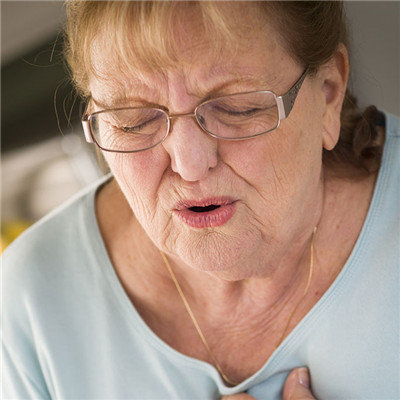
matters needing attention
Patients with the above symptoms can be diagnosed through careful physical examination by doctors, supplemented by special examinations such as color Doppler ultrasound. Myxoma should be operated as soon as possible after diagnosis. At present, the rapid development of cardiac surgery makes the operation of myxoma safer. Most patients can recover after operation. However, due to the potential recurrence tendency, regular review should be conducted after operation. Li finally removed the tumor through surgery, but his sequelae of cerebral embolism still needs a long time of rehabilitation treatment.


